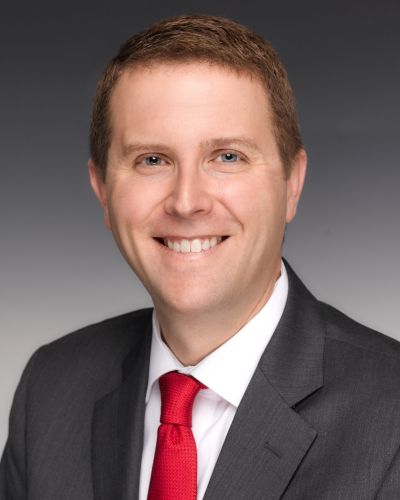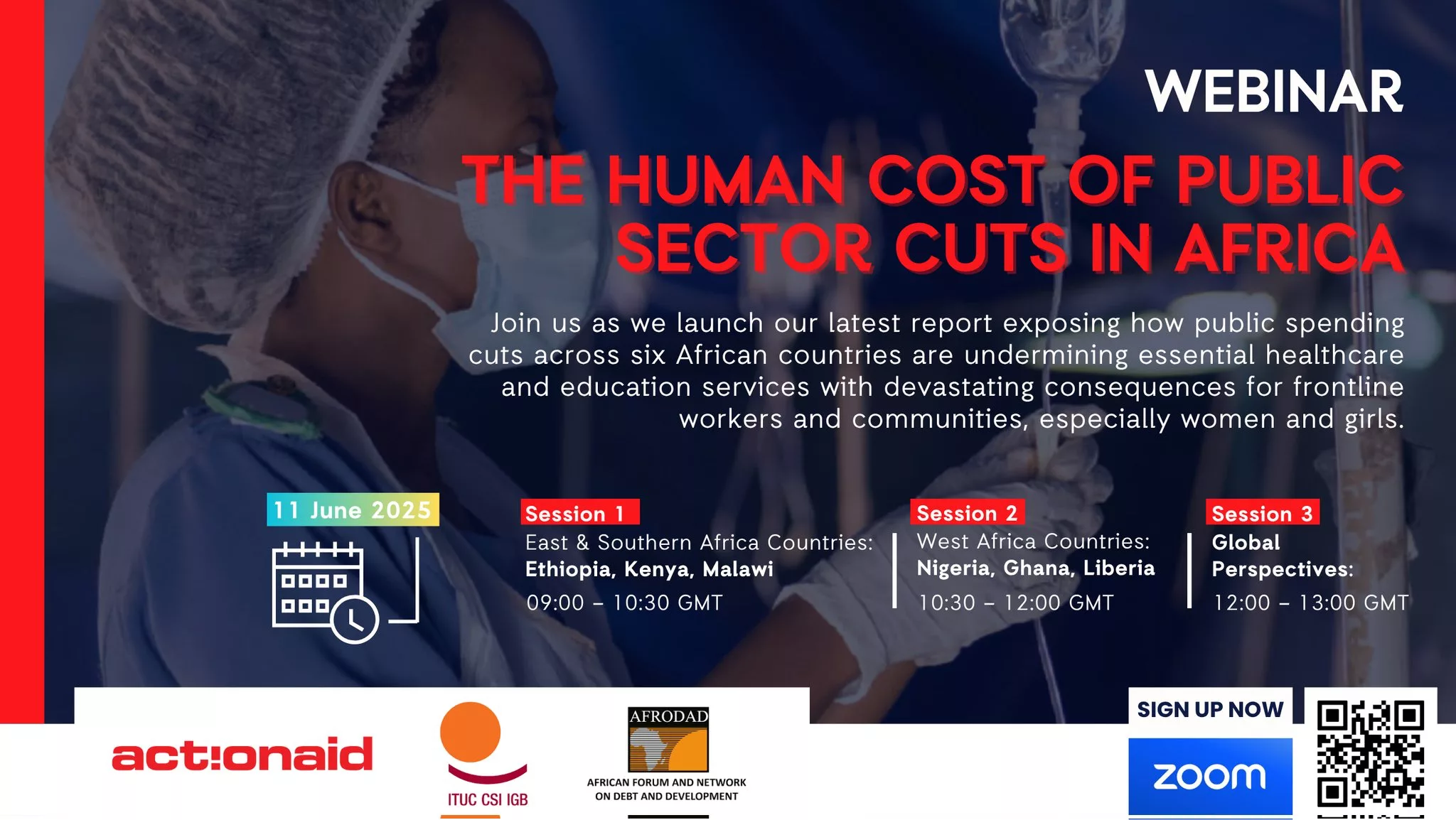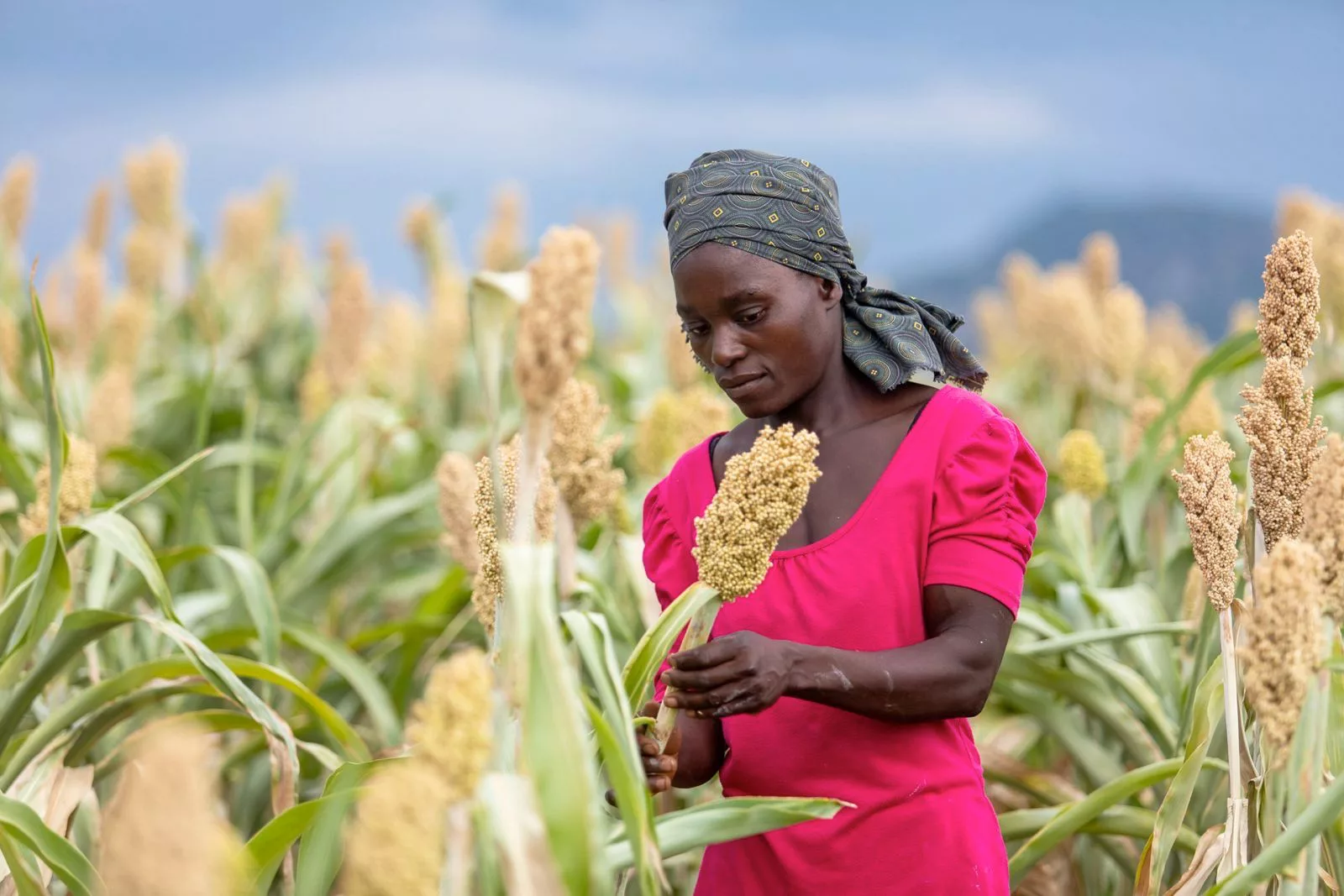|
Getting your Trinity Audio player ready...
|
Sustainability and environmental, social and governance (ESG) policies have been a growing part of business profiles ever since the term ESG originated in 2005. Yet despite its nearly 20-year permeation into commerce culture, the concept of being sustainable or adhering to ESG principles remains a mystery to many organizations.
To help provide insight and share examples of different types of implementation practices within agricultural businesses, Michael Seyfert, president and chief executive officer of the National Grain and Feed Association (NGFA), recently moderated a panel of ESG and sustainability leaders at the NGFA’s 127th annual convention in La Quinta, California, US.
“Sustainability really isn’t anything new,” said Megan Rock, chief sustainability officer for CHS Inc., Inver Grove Heights, Minnesota, US. “Doing more with less, efficiencies and passing farms and businesses on from generation to generation, that really is the root of what sustainability is, but now we just have these fancy ratings systems and terms like ESG and corporate responsibilities.”
The panelists acknowledged sustainability and ESG programs were building momentum across multiple sectors, driven mainly by consumers wanting products from producers who are committed to addressing social and climate challenges. Rock said financiers were taking notice of this influence and have started lending supportive energy behind these initiatives.
“Financing and lending institutions are now seeing climate and even social as a material risk, and they want to know that the companies and the organizations that they’re investing in are not a part of the problem,” she said.
Long-term impact
Rock said for sustainability programs to be successful, they must consider the long-term impact on people and communities as well as the environment.
“You have to be rooted in communities, you have to do well financially, and you have to give back to your employees and also, of course, take care of the land, the water and the air that we all use,” she said.
Another panel participant, Erin Condon, director of culture, diversity and inclusion at CGB Enterprises Inc., Van Buren, Arkansas, US, talked about mentorship programs as being a successful way to approach and measure social inclusion efforts.
“It’s been the most rewarding work that I’ve gotten to do both professionally and personally,” Condon said when talking about her company’s two mentorship programs, one of which has helped nearly 100 women not only refocus their vision for future career success but has also provided insight into some of the challenges women face in climbing career ladders.
The other program Condon discussed was Leveraging Inclusion by Fostering Talent (LIFT). This initiative developed after managers reported having trouble with diverse employees refusing to accept promotions that were being offered to them. Condon said the LIFT program works with these individuals to understand their mindset and help build confidence so they can accept the promotions they deserve.
“We’re doing the right thing for our employees, and that’s the most important reality of it, but we’re also seeing significant retention that will happen over time, which will certainly affect our bottom line,” she said, adding that employee retention data was a verifiable way to measure program success.
Panelist Steve Wittbecker, chief sustainability officer at CoBank, Greenwood Village, Colorado, US, said it was important not to lose sight of the inherent social contributions that agriculture contributes to the world by providing food for people to eat, and cautioned that placing undue pressure on American farmers may end up countering sustainability efforts.
“I worry that other exporters will cut more rainforest, do the work less efficiently and less effectively than we do here in the United States; therefore the environmental footprint gets even bigger, so policy setters need to be conscious of the entire continuum of impact,” he said.
Embracing ESG goals
A primary challenge acknowledged by the panel was getting employees and producers to embrace ESG goals. They said company efforts need to move beyond drafting then emailing out a policy change and hoping employees will autonomously implement it. For real change, they said a direct approach was often needed.
“When you’re trying to make this evolution and explain what we’re doing and why it makes sense for us and how it’s right for our culture, then the best way to do that is by going out and talking at our various facilities and not just talking but doing a lot of listening, too,” Condon said.
Wittbecker said he hoped incentives would be available for producers to help adopt these initiatives.
“Profits still matter, and sustainability needs to align with economics,” Wittbecker said. “If the government incentives are out there and if the consumer is willing to pay more for a sustainably-sourced product, and if that can be passed through the supply chain and back to the producers, then that’s the way we need to figure out how to do this correctly because it can’t all be on the backs of the producers, farmers and ranchers to put forth the effort without the reward.”
Another challenge was verifying the integrity of ESG ratings. Some standards have been published through organizations like the Global Reporting Initiative and the Sustainability Accounting Standards Board, but using these standards are currently voluntary for companies in the United States. With about 140 vendors in the country following their own methodologies to provide ESG ratings, the usability and reliability of these ratings can be a challenge.
“You read it and take it with the understanding that it’s produced by the organization to tell their story,” said Wittbecker, adding that while his business is currently not obtaining ESG information for its underwriting procedures, sustainability assessment always has been a benchmark behind its lending practices.
“At the end of the day, good leadership, good governance, being good for your people, being a steward for the environment on your inputs and outputs, I would have to say that’s always been a part of underwriting,” he said. “If you’re doing those things well, you’re a better borrower, and you’re reaping the benefits of being a better borrower.”
But Wittbecker said the processes for verifying ESG and sustainability practices were improving.
“You’ve got the SEC (Securities and Exchange Commission) coming out with some proposed disclosure rules, and I hear that’s going to be codified here in April, and that will help create some consistency since it will require an audit, so more reliability and comparability will exist there,” he said. “Also, you’re getting a lot of consolidation amongst these ESG rating organizations, and that will help in their developing frameworks, which will create some consistency as well.”
Leaning into principles
The panelists gave final words of advice to help companies lean into sustainability and ESG principles.
“This is a new way of doing business, and within that are new opportunities,” Rock said, encouraging attendees to be openminded about accepting these principles.
“It can’t be a side dish topic that only a certain committee thinks about and talks about,” Condon said. “It is the way of the future because it’s talking about the long-term success of our organizations and our people, so it truly does need to be integrated into all of our operations.”
Wittbecker advised attendees to be flexible, saying current standards would likely change but hoped the upcoming codification by the SEC would help provide direction for companies ready to begin their sustainability journey. In the meantime, he encouraged members to share their perspectives and experiences.
“I think the most important thing is getting out there and telling your story because American ag has a really good story to tell, and if we can share that story to those on the Hill and those that are making these tough decisions for us, then we’ll be really well positioned,” he said.
Source: World Grain






